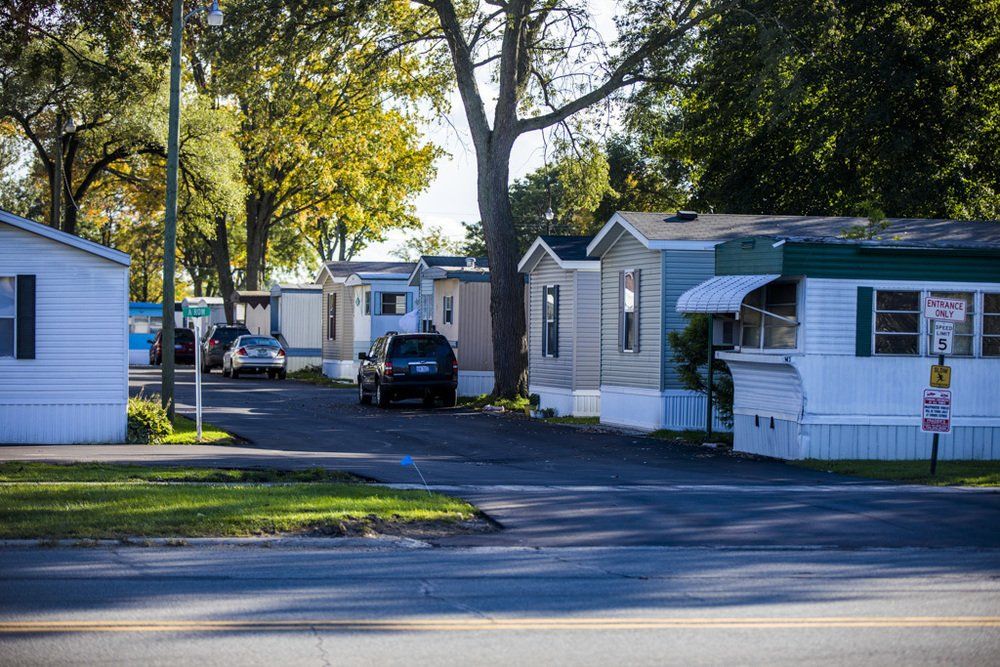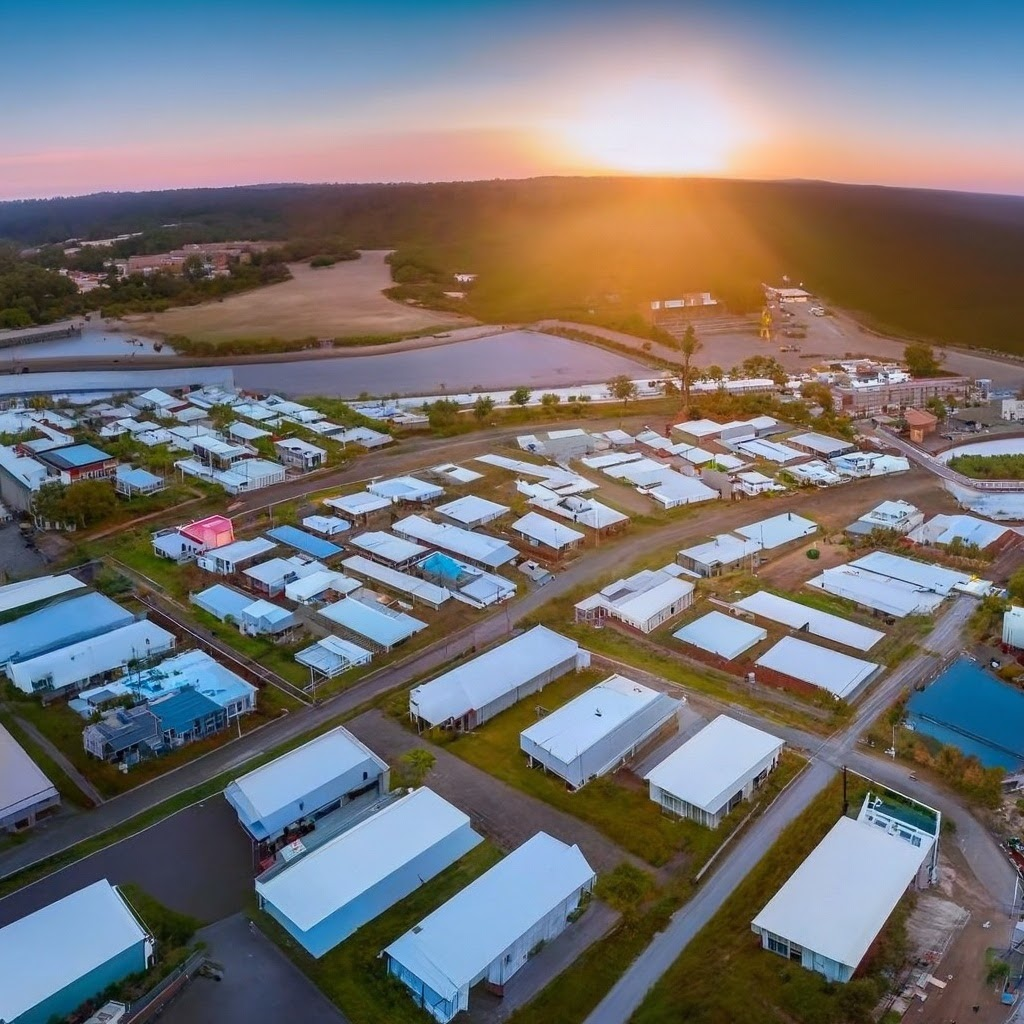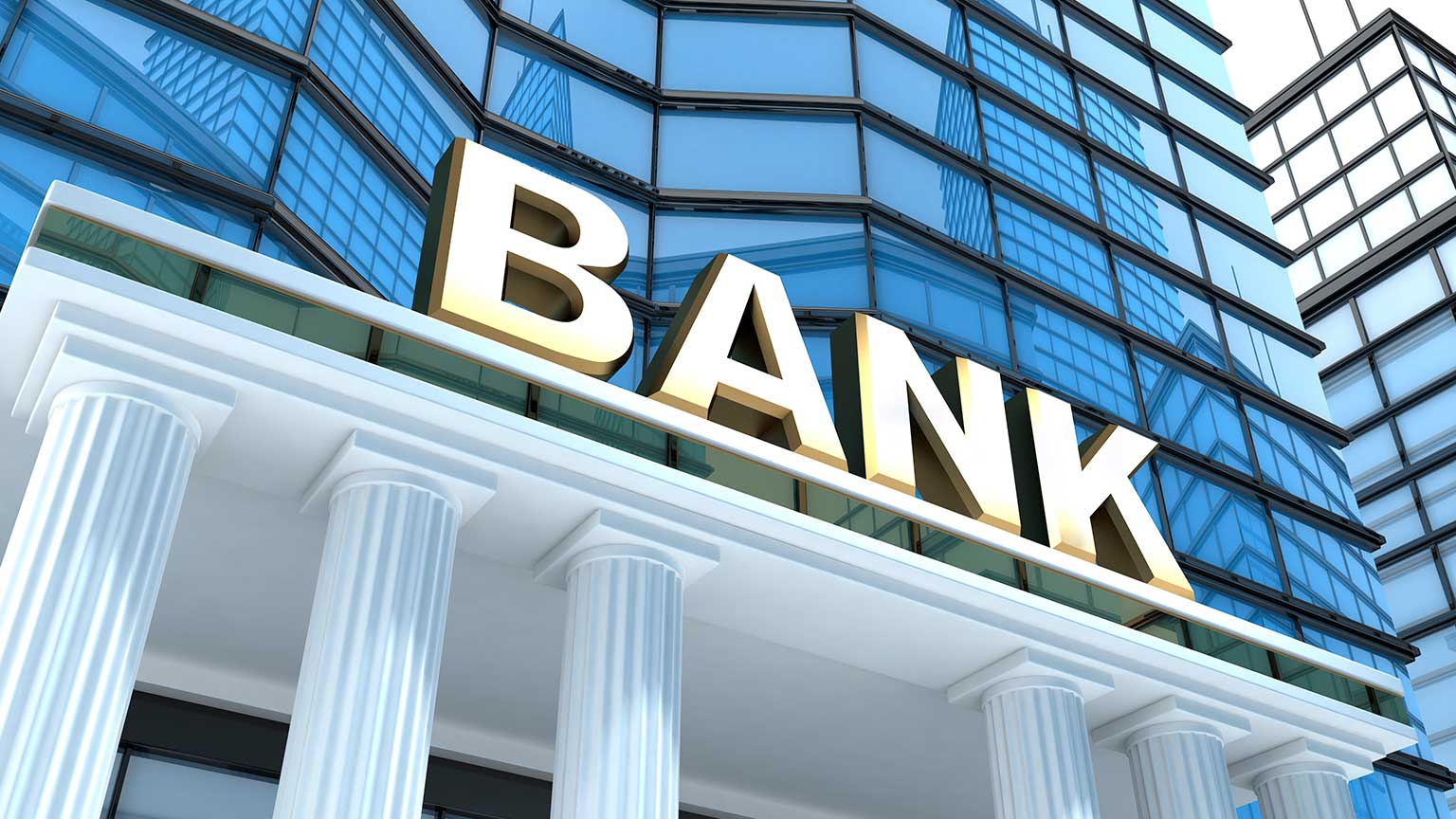Part 1 of 5 Part Series- Issues: Putting Homes on Pads
Written by: Tyler Lekas-MHCI Group

Most real estate investors talk about all their successes and how great an asset class while never talking about the challenges that come with it. Over the next 5 weeks we will be discussing 5 issues that we face on a daily, weekly, or monthly basis in our business that could cause a new investor to struggle or even fail while investing in this asset class.
You may have seen a broker list a mobile home park saying, “HUGE UPSIDE IN THIS PARK TO FILL VACANT LOTS”. You may look at the proforma numbers and say to yourself “all I have to do is fill 10 vacant lots at the property and it goes from a 6 cap to a 9 cap.” Here is how to start breaking down those pads to see how profitable and easy that infill opportunity will be.
There are two routes that you can choose when filling vacant pads. One way is buying used homes and the other way is using a chattel financing program (like the 21st Mortgage Cash Program which we will cover in another post) to finance new homes to bring them onto your vacant lots. The pros of the used home route are that you are going to spend less than the new homes which will make your return on the cash you put into that home much quicker. It will also be easier for residents to afford the monthly payment and that will make your lease up process much faster. The cons are you will be using all your own money to put into that home. Here are the costs that are associated with that used home and I will be putting prices that we normally spend by each of the descriptions so all you math guys/gals/Zs/theys can run some numbers: the price of the home ($5,000-$7,000), the freight to deliver the home ($2,500), the block/level/anchor of that home ($2,500-$2,750), the skirting/steps/utility hookups/HVAC ($10,000) and then the rehab of that home ($15,000-$20,000). You can see by the numbers above that this can get expensive. If you are spending $30,000 a home and you have to fill 10 vacant lots, it may cost you $300,000 which could be your down payment on anther property. If you are syndicating a deal, you have to think about the preferred return on that $300,000 and how that will effect the IRR (internal rate of return) of your syndication.
The second way is to use a financing program who will finance the entire cost of the home, delivery, set up and skirting/steps/utility hook ups/HVAC. This sounds like a great option as you do not have any capital outlay. The issue is that new home orders are severely backed up, the cost of new homes are far more expensive than used homes and the process to qualify for these programs is very difficult (again we will discuss the 21st Mortgage program in another segment). We are spending about $43,000 per new home that is coming into our properties, and we order our homes from Tennessee, so the freight is $6,000 vs $2,500. We still have to do the skirting/steps/utility hook ups/HVAC and block/level/anchor. Our additional debt per home is $59,000. Assuming you order 10 of those homes that will add an additional $615,000 in debt to your balance sheet. You must think hard about that because when one of your tenants’ (not if) defaults on one of these homes you will have the capital to carry the note until you can find a new resident.
Make sure you do your due diligence on the vacant lots. If there are utility hook ups already there it will cost less than if there are no utility hook ups there. Do not ever listen to an owner or broker who says, “that lot hasn’t been used in 5 years but all you have to do it run water/sewer and put an electrical pole there.” We have had to dig 100-foot trenches to get sewer and water to our homes because we did not do our DD prior to purchasing the property. This cost us thousands more to get that home set up and additional time. We upgrade most of the electrical boxes from 100 to 200amps because the new homes must have 200amp boxes to support the electrical usage in the home. Make sure to see how many amps your electrical box is at a vacant lot or if there is even one there because putting a new pole, box and underground wires will cost you more money. The point being, make sure on the site visit of the property you check out each vacant pad and do a deep dive into the utilities there and the current HUD regulations in your state.
Lastly, for everyone who just read this post and said, “After reading that I do not want to deal with those headaches”. Well, we have a solution. We are currently raising capital for a fund that accepts accredited investors. We have 4 properties under contract in 2 states. To give you a sneak peek at one of our deals we have under contract its 122 spaces and we have it under contract for $2,100,000. This comes out to $17,200 per pad which is well below replacement cost. Our proforma numbers have this asset at a $5,050,000 valuation in the next 5 years. We would love to take all the management headaches off your plate while sending you mailbox money.
If you are interested in learning more, we invite you to schedule a call to further discuss. Schedule Call Here
To Visit our site and download our company overview and investor presentation deck. You can download here
We wish you much success,
MHCI Group, LLC
Jason Postill & Tyler Lekas


